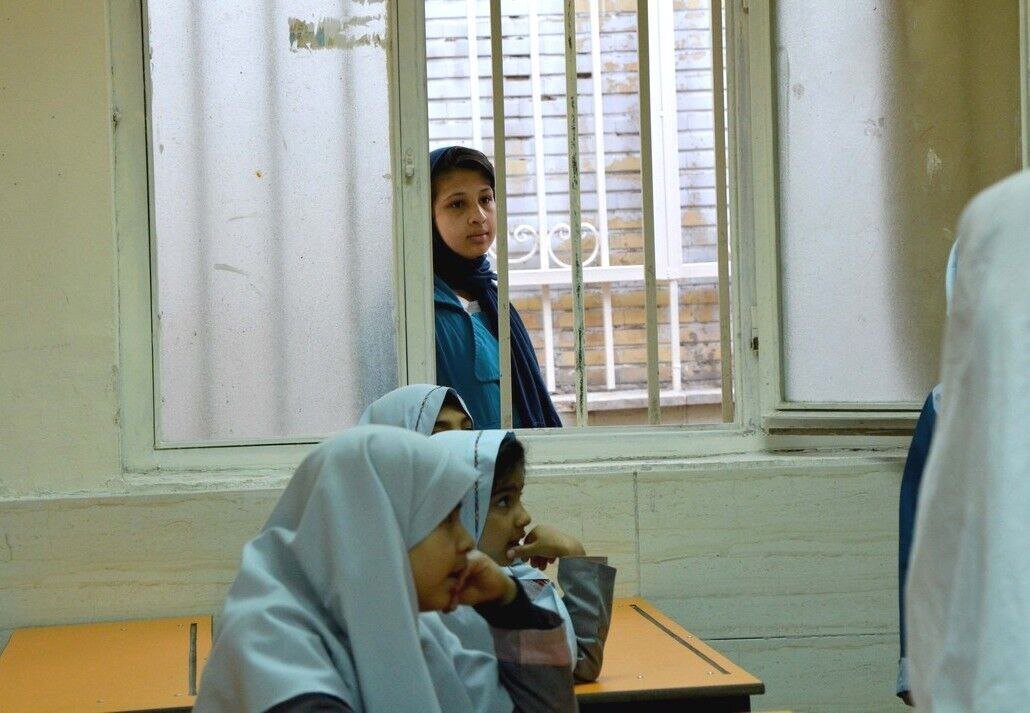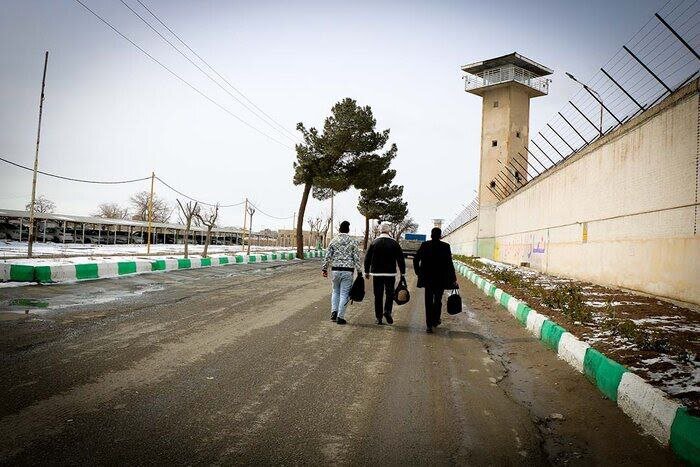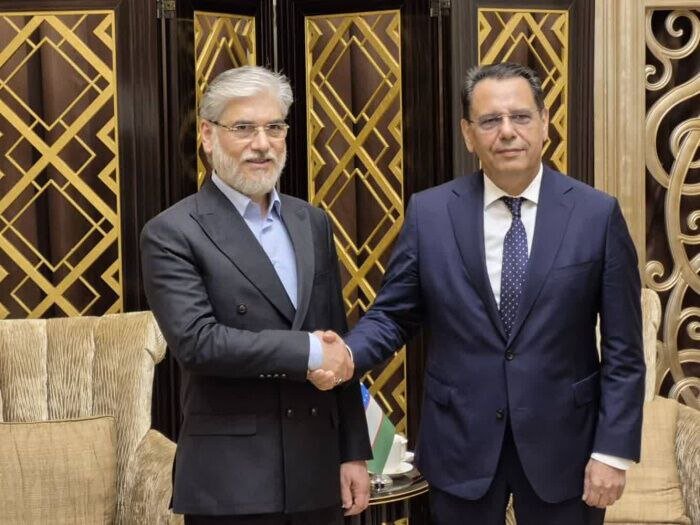29,000 Out-of-School Students Make a Comeback: Resuming Their Education Journey!
In recent years, the issue of out-of-school children in Iran has come to the forefront, highlighting the need for effective educational strategies. As reported by the Ministry of Education, there are currently 152,287 out-of-school children aged 6 to 11 across the country. Out of this number, approximately 29,000 have successfully enrolled in schools, indicating a significant step towards educational equity.
According to Rezvan Hakimzadeh, an official from the Ministry of Education, the government has introduced a comprehensive program aimed at tackling the challenges faced by these children. The initiative consists of four critical stages: identification, attraction, support, and retention. This program aims to ensure that every child has access to quality education and can thrive in a learning environment.
Despite the efforts, the statistics reveal a concerning reality. Of the 152,287 identified out-of-school primary school students, a staggering 130,000 have yet to register in any school. The provinces most affected by this issue include:
- Sistan-Baluchestan
- Tehran
- Khorasan Razavi
- Khuzestan
Conversely, the provinces with the lowest number of out-of-school children are:
- Ilam
- Semnan
- Zanjan
- Chaharmahal-Bakhtiari
Several factors contribute to the high number of out-of-school children, including:
- Economic and cultural challenges
- Immigration
- Distance to school
- Family prejudices
- Health issues or even death
In some instances, children attend informal education centers that are not officially recognized, further complicating the situation.
In addition to addressing enrollment, the Ministry of Education has reported a decrease in the dropout rate over the past two years. The dropout rate fell from 1.97 percent in the Iranian year 1401 (2022-2023) to 1.65 percent in 1403 (2024-2025). In the academic year 1401-1402, the dropout figures were:
- 287,617 children in total
- 0.97 percent (87,544 students) in primary school
- 4.09 percent (149,288 students) in lower secondary school
- 2.59 percent (50,785 students) in upper secondary school
For the following academic year, the dropout rate further declined to approximately 1.65 percent, totaling:
- 247,242 children
- 0.91 percent (84,001 students) in primary school
- 3.47 percent (130,432 students) in lower secondary school
- 1.65 percent (32,809 students) in upper secondary school
During the same period, the number of out-of-school students increased from 902,188 to 928,729. In the academic year 1401-1402, the distribution of out-of-school children was as follows:
- 156,835 in primary school
- 195,568 in lower secondary school
- 549,785 in upper secondary school
However, in the following academic year (September 2023 – June 2024), the total number of out-of-school children reached 928,729. The breakdown included:
- 171,992 in primary school
- 198,109 in lower secondary school
- 558,628 in upper secondary school
It is crucial to understand that out-of-school students are classified as those who have not enrolled in the current school year. This category includes children who may have passed away, emigrated, or those affected by severe mental disabilities.
Looking at the broader educational landscape, Iran has made notable improvements in educational coverage, especially at the primary school level, which has now reached approximately 98 percent. Despite the progress, the challenges of high dropout rates and a significant number of out-of-school students suggest that there is still much work to be done in achieving the country’s educational goals.
The Ministry of Education continues to strive for solutions to ensure that every child in Iran has the opportunity to receive a quality education. The focus remains on tackling the root causes of educational disparity and fostering an environment conducive to learning for all children.






